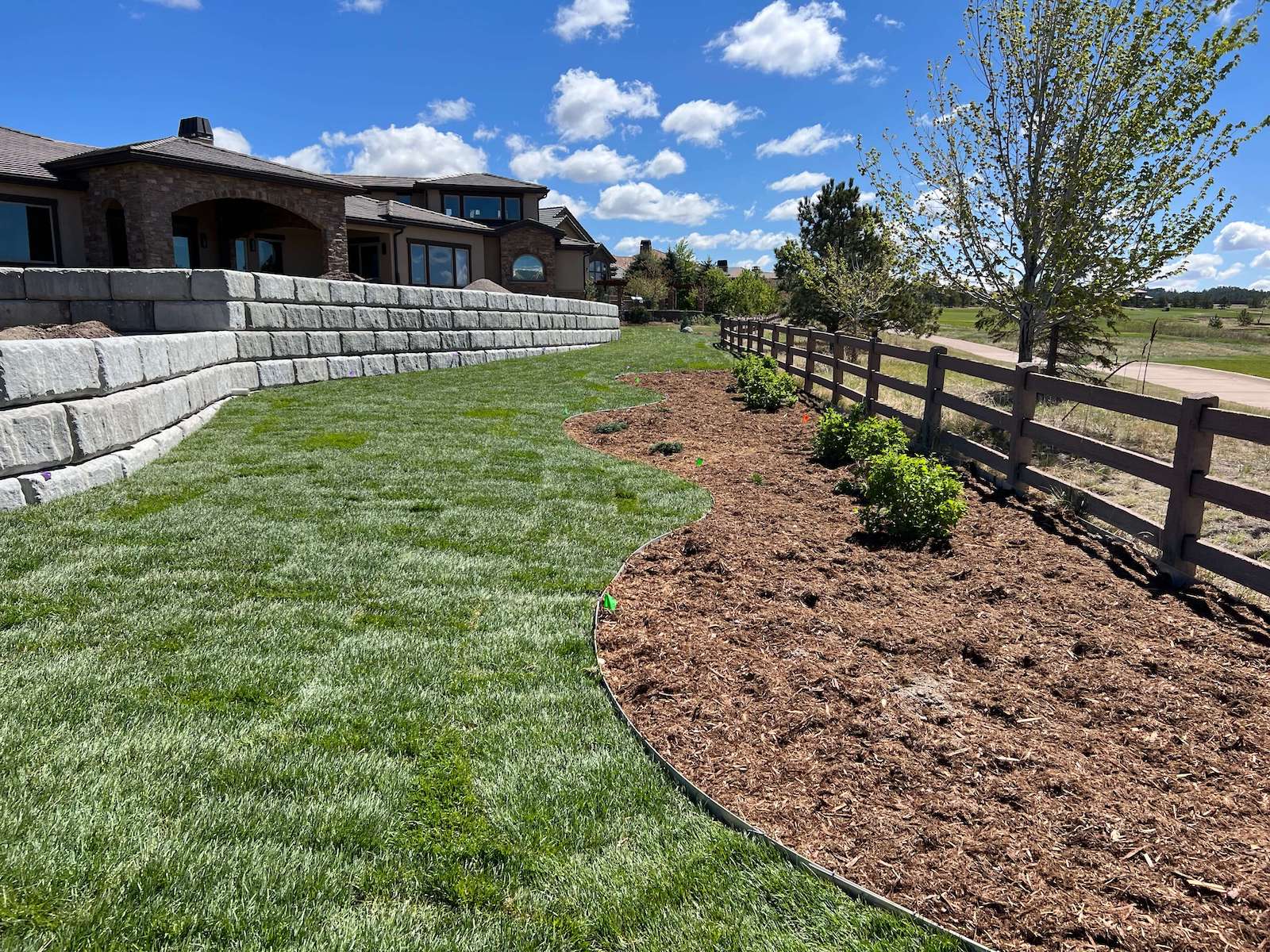10 Easy Facts About Hilton Head Landscapes Shown
The Main Principles Of Hilton Head Landscapes
Table of ContentsThe 3-Minute Rule for Hilton Head LandscapesThe Basic Principles Of Hilton Head Landscapes Hilton Head Landscapes Things To Know Before You BuyHow Hilton Head Landscapes can Save You Time, Stress, and Money.Some Known Facts About Hilton Head Landscapes.Some Known Details About Hilton Head Landscapes Not known Factual Statements About Hilton Head Landscapes
Line creates all kinds and patterns and can be used in a selection of methods in the landscape. Line in the landscape is produced by the edge in between 2 materials, the summary or silhouette of a kind, or a long linear function. Lines are a powerful device for the designer due to the fact that they can be made use of to produce an unlimited range of shapes and types, and they control activity of the eye and the body.

Lines can have one or even more qualities, such as those described below, yet they commonly offer different purposes. Figure 1. Lines in the landscape - bluffton landscaping. The buildings of lines identify just how people react to the landscape, both emotionally and literally. Straight lines are structural and strong; they create an official personality, are normally related to an in proportion style, and lead the eye directly to a focal factor.
3 Easy Facts About Hilton Head Landscapes Shown
Straight lines are frequently discovered in hardscape sides and product. Bent lines create a casual, all-natural, relaxed character that is associated a lot more with nature and unbalanced equilibrium. Bent lines relocate the eye at a slower rate and include enigma to the space by creating hidden views. Vertical lines move the eye up, making a space really feel larger.
Vertical lines in the landscape include tall, narrow plant product, such as trees, or high structures, such as an arbor or a bird house on a post. Straight lines relocate the eye along the ground airplane and can make an area feel bigger. Reduced lines are extra restrained and develop a feeling of rest or repose.
Hilton Head Landscapes - The Facts
Low lines are developed by low yard wall surfaces, pathways, and short hedges. Lines are made use of to draw forms on a strategy. In plan sight, they define plant beds and hardscape locations. Lines are also produced by the vertical types of constructed functions and plant product. There are three primary line kinds that develop type in the landscape: bedlines, hardscape lines, and plant lines.
Bedlines connect plant product to your home and hardscape because the eye complies with the line, relocating the gaze with the landscape. Hardscape lines are created by the side of the hardscape, which marks the developed framework. Line can also be produced by lengthy and slim materials, such as a fencing or wall surface.
The Main Principles Of Hilton Head Landscapes
Type is discovered in both hardscape and plants, and it is normally the dominant aesthetic component that spatially organizes the landscape and frequently figures out the style of the garden. The form of structures, plant beds, and garden ornaments likewise identifies the overall form motif of the moved here yard. Official, geometric types include circles, squares, and polygons.
Plants develop type in the yard via their lays out or silhouettes, yet type can likewise be defined by a gap or unfavorable space between plants - Landscaping bluffton sc (https://www.mixcloud.com/h1tnhdlndscps/). Circles can be complete circles, or they can be split into half circles or circle sectors and incorporated with lines to create arcs and tangents
The Facts About Hilton Head Landscapes Revealed
Circles are a strong layout type due to the fact that the eye is constantly drawn to the facility, which can be utilized to highlight a focal factor or attach various other types. Round types in hardscape and lawn panels.
The square form can also be segmented and secondhand repeatedly to produce a grid pattern. Unlike circles, squares are more powerful on the sides, which can be lined up or overlapped to develop unique patterns and more complicated kinds.
Meandering lines typically resemble the natural training course of rivers or streams and can be defined as smooth lines with deeply rounded undulations. Meandering lines (Number 3) function well for paths, plant bedlines, and dry stream beds. Meandering lines can add interest and enigma to a garden by leading viewers around corners to find new views and spaces.
A Biased View of Hilton Head Landscapes

Usual plant kinds are well developed and standardized, as kind is the most constant and identifiable characteristic of plants. Form can additionally be developed with the massing of plants, where the total mass develops a different type than a specific plant.
An extremely contrasting kind needs to be used with careone or more job well as a prime focus, but way too many create disorder. All-natural plant types, as opposed to over-trimmed kinds, need to establish the bulk of the composition. The relevance of total form is essentially depending on the checking out perspectivethe form of a tree can show up quite various to an individual standing under the canopy versus viewing the tree from a distance in an open area.
Not known Facts About Hilton Head Landscapes
Plant forms likewise develop and specify deep space or open rooms in between the plants, creating either convex or scooped kinds in deep spaces. High-arching tree branches commonly develop a concave open room under the branches, and a round cover with reduced branches fills up the space to produce a convex type outdoors room under the tree.
